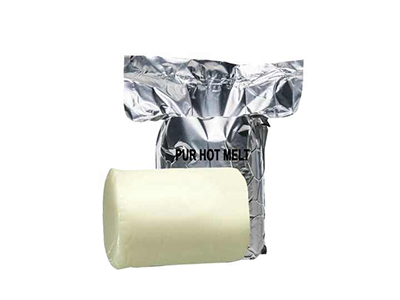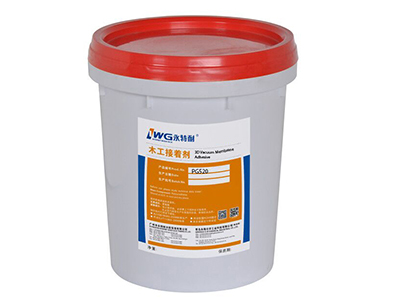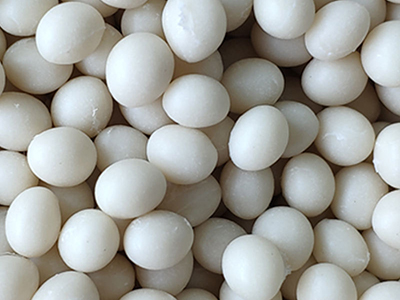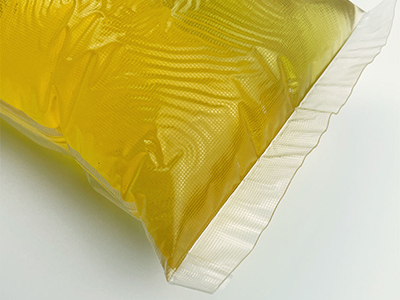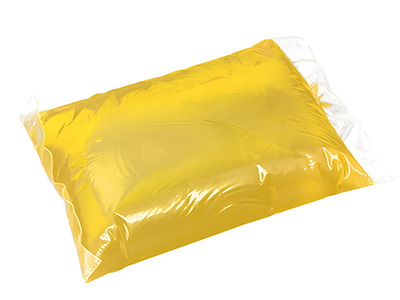Reactive adhesives are a type of adhesive that undergoes a chemical reaction to achieve its bonding properties. There are several categories of reactive adhesives, each with its unique properties and applications. Here are some examples:
- Epoxy Adhesives:
- Composition: Epoxy adhesives consist of a resin and a hardener. When these two components are mixed, a chemical reaction occurs, leading to the formation of a strong, durable bond.
- Properties: Epoxy adhesives are known for their high strength, resistance to chemicals, and versatility. They can bond various materials, including metals, plastics, ceramics, and composites.
- Applications: Epoxy adhesives are widely used in construction, automotive, aerospace, and electronics for bonding structural components and assembling parts.
- Polyurethane Adhesives:
- Composition: Polyurethane adhesives contain polyurethane prepolymers that react with moisture in the air to cure and form a bond.
- Properties: Polyurethane adhesives offer flexibility, good impact resistance, and resistance to environmental factors such as moisture and temperature fluctuations.
- Applications: They are used in woodworking, automotive assembly, and construction for bonding materials that may experience movement or stress.
- Cyanoacrylate (CA) Adhesives:
- Composition: Cyanoacrylate adhesives, commonly known as super glue, polymerize quickly when exposed to moisture.
- Properties: CA adhesives provide fast bonding and are suitable for a variety of materials, including plastics, rubber, and metals. They offer high strength and are often used for quick repairs.
- Applications: CA adhesives are used in electronics, medical devices, and general household repairs.
- Acrylic Adhesives:
- Composition: Acrylic adhesives undergo polymerization to form a strong bond. They can be either two-part (adhesive and initiator) or UV-curable.
- Properties: Acrylic adhesives offer a good balance of strength, flexibility, and resistance to environmental factors. UV-curable acrylics cure rapidly when exposed to ultraviolet light.
- Applications: Acrylic adhesives are used in industries such as signage, automotive assembly, and electronics.
- Anaerobic Adhesives:
- Composition: Anaerobic adhesives cure in the absence of air and in the presence of metal ions. They are often used as threadlockers or pipe sealants.
- Properties: Anaerobic adhesives provide strong bonds and are resistant to vibration and environmental factors.
- Applications: They are commonly used in automotive and machinery applications to prevent loosening of threaded fasteners.
- Silicone Adhesives:
- Composition: Silicone adhesives cure by a moisture-initiated process. They release acetic acid during curing.
- Properties: Silicone adhesives offer flexibility, heat resistance, and resistance to moisture. They are commonly used for sealing and bonding in electronic and aerospace applications.
- Applications: Silicone adhesives are used for bonding glass, ceramics, and certain plastics.
Reactive adhesives play a crucial role in various industries due to their ability to provide strong and durable bonds across a wide range of materials and applications. The choice of a reactive adhesive depends on the specific requirements of the bonding task, including the materials being bonded, the desired strength, and the environmental conditions the bond will face.


